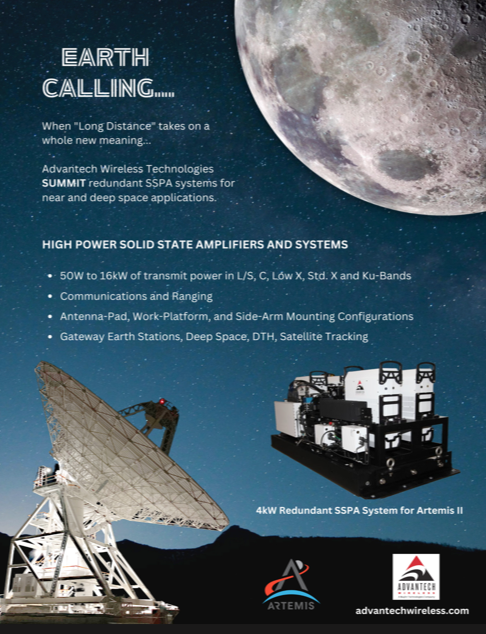Integrated Mission Deltas, System Deltas to Help USSF Achieve Unified Mission Readiness, Officials Say
The creation of two new U.S. Space Force Delta prototypes is the next step in the development of America’s newest military service to help it achieve Unified Mission Readiness, Space Operations Command (SpOC) and Space Systems Command (SSC) officials said.
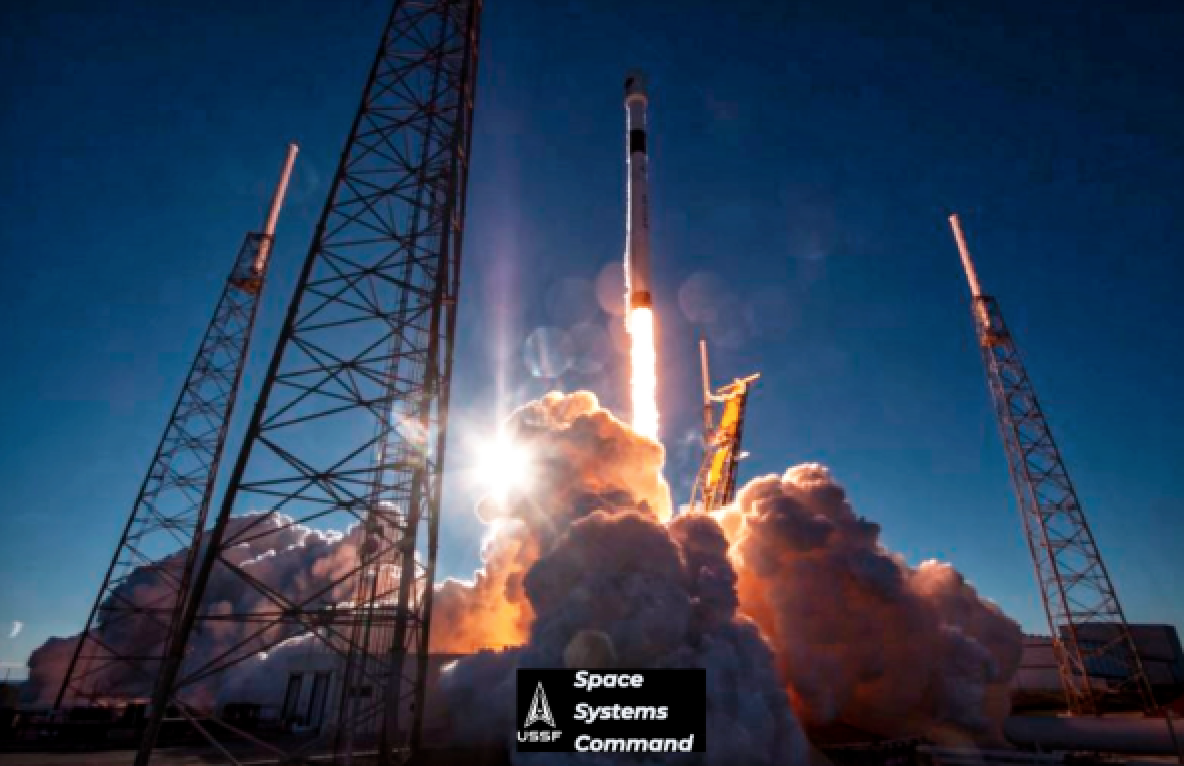
The two new prototypes are Integrated Mission Deltas (IMDs) for readiness and System Deltas (SYDs) for capability development. IMDs will consolidate all aspects of mission area readiness into a single organization, combining units in SpOC that perform mission generation, intelligence support, and cyber defense, with program offices at SSC that handle maintenance.
SYDs will consolidate program offices in SSC that design, develop, and deliver mission systems under a mission-focused command structure for acquisitions. Pairing IMDs in SpOC with complementary SYDs in SSC will streamline unity of effort for capability development.
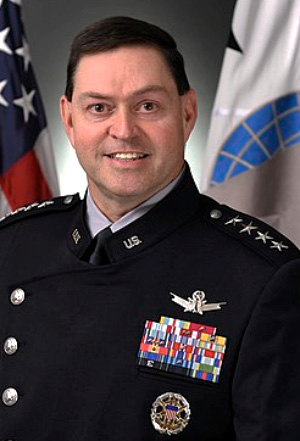
General B. Chance
Saltzman
General B. Chance Saltzman, United States Space Force (USSF) Chief of Space Operations, announced the creation of the two prototypes on September 12, during a keynote speech at the Air and Space Forces Association’s Air, Space and Cyber Conference in National Harbor, Maryland.
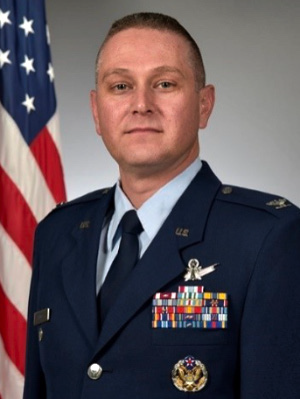
Col. Marc Brock
“If you look at the evolution of the Space Force, there’s really two phases: the first was the major organizational change from the U.S. Air Force to the Space Force, where we went from five echelons (of command) to three, which really empowered our leaders” said Colonel Marc Brock, Director, Combat Power at SpOC, and the lead for the IMD effort within SpOC. “It really drove us to understand and embrace mission command and focus on efficiency.”
“What we’re doing now is really driving effectiveness,” Brock said. “With the Integrated Mission Delta concept, you make that second organizational change and bring our acquirers, our operators, our cyber professionals, and our intel professionals together.
The aim is to improve the effectiveness of these organizations so they can improve our readiness to support the joint fight.”
Starting this fall, initial IMD and SYD prototypes will support the electromagnetic warfare (EW) and positioning, navigation and timing (PNT) mission areas. The IMDs supporting EW and PNT will align under SpOC, while the SYDs will align under SSC.
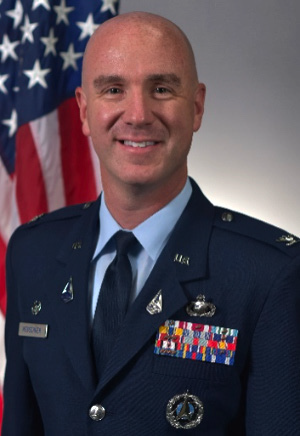
Col. Andrew S.
Menschner
“I see this as a ground-breaking combination of expertise from operations and acquisitions,” said Colonel Andrew S. Menschner, the PNT IMD Commander and Senior Materiel Leader.
“We’ve seen limited models of this in the past outside of the National Reconnaissance Office (NRO) but this will be the first time that we have major mission areas combined with operations and acquisition,” Menschner said.
“We’re moving as a country from an era of low-intensity conflicts to near-peer or potential peer conflicts in the very near future, as we work against an enemy that has spent the last 20 years specifically designing its military capabilities to counter ours,” Menschner said. “We need to be smart about how we move forward and present capabilities to the warfighters.”
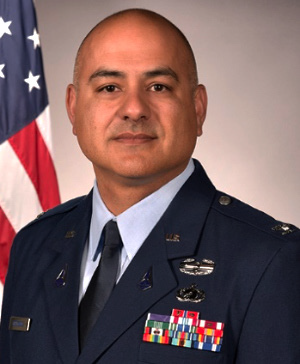
Col. Edward
Gutierrez
Colonel Edward Gutierrez will be Deputy Commander and senior materiel leader of the EW IMD. A typical organizational change either flattens out a group or tries to eliminate bureaucracy, he said. What makes this change unique is that the new prototypes will combine groups of people with different specialties under one command, eliminate “stove pipes,” and allow for better collaboration across groups.
“General Saltzman wants to make sure that we consolidate unity of command, unity of effort,” Gutierrez said. “This gives the commander all the tools in order to execute the mission flawlessly and seamlessly to reduce the seams within organizations and just put all the subject matter expertise under one command, so that decisions can be made at the lowest level.
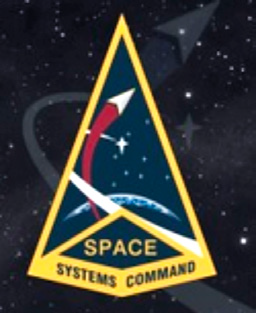
“That allows for speed and effective communication, and it also will put the warfighters along with the sustainment and acquisition folks together so we get first-hand knowledge of what the problems are and what needs to be solved,” Gutierrez said.
The current Space Force organizational structures were inherited from expeditionary Air Force constructs and do not provide Unity of Command or Effort within core functions or mission areas. Deltas are the Space Force’s equivalent of the Air Force’s wing and group commands.
In the Air Force, there may be several fighter wings, but they’re all flying the same aircraft platform, Brock said. It wouldn’t make sense to give each wing their own sustainment group. However, the USSF is a smaller service and has Deltas that are all focused on distinct mission sets.
Currently, responsibilities for procurement, maintenance, sustainment, and operations are fragmented under separate chains of command.
Operational commanders in SpOC are responsible for generating readiness that is directly dependent on sustainment resources managed by SSC. However, those operational commanders have no direct authority over those resources. Program Managers at SSC are responsible for delivering and sustaining systems and equipment to support warfighters but have little ability to engage with the operational community until late in the procurement process.
“For example, I have a lieutenant colonel responsible for development of the next generation operational control system,” Menschner said. “When he has a challenge determining operational impact in the development program, the current structure has him going up to the SES (Senior Executive Services) or even the three-star level (lieutenant general) across to the equivalent in Space Operations Command, and then down to solve the problem.”
“The Integrated Mission Delta puts that lieutenant colonel in charge of operations of GPS satellites on par with the lieutenant colonel responsible for development of GPS capabilities,” Menschner said. “So not only are the two peers, but they work together for the same person. Their charge is to coordinate efforts and make sure they’re in sync moving forward.”
For PNT, the new Integrated Mission Delta will include the operational squadron, the team associated with maintenance and sustainment of operational equipment, the longer-term development of those capabilities, and the operations responsible for launching GPS satellites, Menschner said. All of those will be combined into one unit, under one commander, which will allow the command team to make decisions between when to bring on capabilities and when to push forward with existing capabilities.
“First, it allows us to align enabling capabilities right now – both the operational squadron and the traditional acquisition units have cyber and maintenance teams. The ability to combine those capabilities allows us to synchronize their efforts across operations and sustainment,” Menschner said. “Second will be the ability to push operators into the acquisition process in a way that wasn’t possible before.”
Brock offered another example, “The Delta 3 Electromagnetic Warfare commander — that commander today, let’s say she has a series of issues with her weapon systems. If she wants to get a deficiency fixed, she has to submit a form called a 1067 and that basically describes what the issue is and what she and her team would like to fix.”
“She submits the form to the program office which then has to stack it against other deficiencies,” Brock said. “That program office will come back and notify her that this is the prioritization and timeline for getting after those deficiencies. That’s the process today.”
Under the new structure, “The Delta 3 commander is now responsible for the sustainment of the weapons system and will have the ability to set that prioritization, in consultation with the team that she has, including the sustainment folks,” Brock said. “It’ll streamline that discussion amongst the correct, collective professionals to ensure that the teams that have to fight and win our nation’s wars get the capabilities they need.”
EW and PNT are not tied to any major acquisitions that would be disrupted by changes in the command structure. In addition, the PNT mission largely deploys its forces from an operations center in Colorado Springs, while the EW mission deploys its forces to areas close to conflict, Menschner noted.
“The contrast is what the CSO is looking for: what’s the optimal structure moving forward?” Menschner said.
“You really couldn’t have picked two more distinctly different mission areas than PNT and EW,” Brock said. “The rationale is if you pick the two book ends, as it were, it’ll help inform all the other IMD efforts that come after this. By picking those two, we can move fast, get them activated, and learn lessons from each of them, as quickly as possible.”
The two pilot IMDs will operate for no more than 12 months, or until objectives are met and ready to scale to other mission areas. The initial effort will not involve the physical relocation of personnel and will not change the core missions of SpOC or SSC. The basic field command structure — SpOC, SSC, and STARCOM will remain the same.
“The CSO is referring to this as a ‘beta test,’” Menschner said. “With the intent of determining how to best present capabilities in a contested environment going forward.”
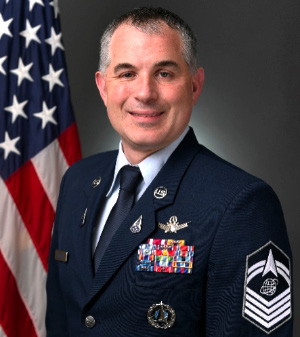
SMSgt. Joshua
Griffin
“It’s not just the missions themselves, but we have to look at readiness as a whole,” added SMSgt. Joshua Griffin, who will be the Senior Enlisted Leader for the new IMDs. “One of the primary charges I have as a senior leader is focusing on the people and the training aspect. These are highly technical career fields; it takes a long time to train these individuals and get them to a point where they should be comfortable going into a conflict because they have all the necessary training.”
“With (the new Deltas) we’re broadening the experience that these individuals have,” Griffin said. “It has been very difficult in the past for us to get new technology into operators’ hands — and just like your iPhone — it could be obsolete in six months because some newer technology came out that replaces your old iPhone and, similarly, we must update.
“This is an opportunity for us to be in lock-step between SSC and SpOC and getting that technology and training to our operators, so that they can fight with the most advanced technology we have available to our armed forces,” Griffin said.
Space Systems Command (SSC) is the U.S. Space Force field command responsible for acquiring, developing, and delivering resilient capabilities to protect our nation’s strategic advantage in, from, and to space. SSC manages a $15 billion space acquisition budget for the Department of Defense and works in partnership with joint forces, industry, government agencies, academic and allied organizations to outpace emerging threats. SSC’s actions today are making the world a better space for tomorrow.
Contact Space Systems Command at SSC@spaceforce.mil
or follow on LinkedIn.



